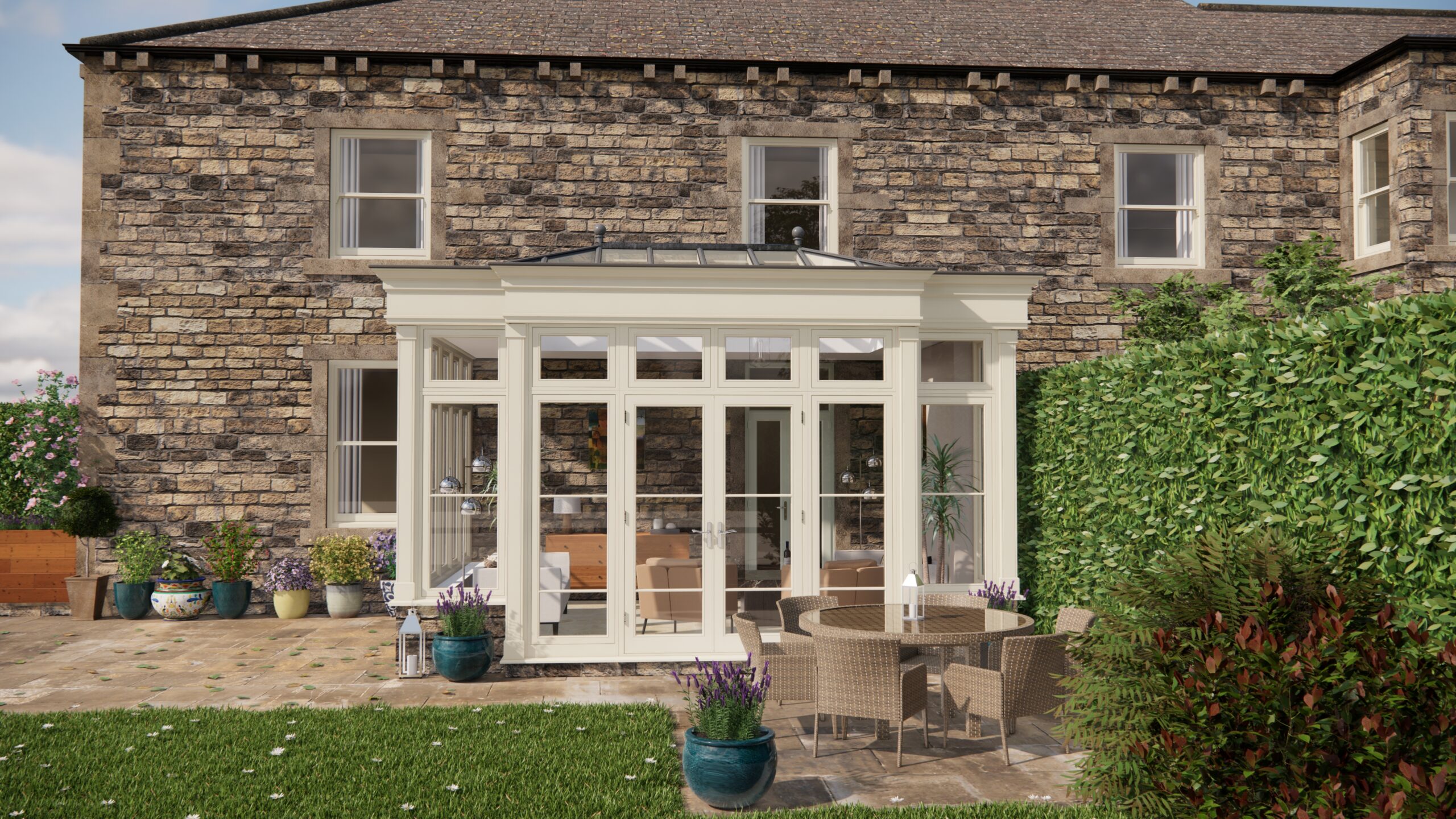Hey everyone, I’ve been diving deep into articles about wellness and how to make the most of our homes for exercise and relaxation. Yoga at home for all ages, turning spaces into personal sanctuaries… it’s all so inspiring! But something kept popping up: the power of natural light and ventilation. I realised how crucial air quality is to everything, especially when you’re trying to be active and healthy at home. So, I grabbed a coffee with my friend Brandon, who’s really into fitness, to get his take.
“Brandon,” I started, swirling my latte, “I’ve been reading about how poor indoor air quality can be a real drag, especially for exercise. You ever noticed that?”
He nodded. “Absolutely! I used to get winded so quickly doing HIIT in my living room. Didn’t think much of it, just figured I was unfit! But then I started opening the windows, and honestly, the difference was night and day. I felt less sluggish and recovered faster.”
That’s when it hit me. We often focus on the workout itself, but the air we’re breathing is just as important. Think about it: poor ventilation traps pollutants like dust, pet dander, mould spores, and even volatile organic compounds (VOCs) released from furniture and cleaning products. When you’re exercising, you’re breathing harder and deeper, drawing more of those nasties into your lungs. This can lead to irritation, fatigue, and even exacerbate conditions like asthma.
So, what’s the solution? Ventilation, ventilation, ventilation! Brandon swears by simply opening windows. He told me, “Even for just 10-15 minutes every day, it can really freshen up the place.” It’s a no-brainer, really, a natural way to get rid of stale air and bring in fresh oxygen. But I wanted to know if there were other options, especially for days when the weather isn’t cooperating.
“What about air purifiers?” I asked.
“Yeah, I’ve got one with a HEPA filter in my bedroom,” Brandon replied. “It’s great for trapping allergens and dust. Makes a noticeable difference, especially in spring and autumn when pollen counts are high.”
HEPA (High-Efficiency Particulate Air) filters are fantastic for removing tiny particles from the air, making them ideal for allergy sufferers and anyone concerned about dust and pollutants. Another option is to consider your HVAC (Heating, Ventilation, and Air Conditioning) system filters. Upgrading to a higher MERV (Minimum Efficiency Reporting Value) rating can significantly improve the air quality in your entire home.
We then got onto the topic of plants. I love having greenery around, and apparently, they can do more than just look pretty. Some plants are excellent at filtering out toxins from the air. Snake plants, spider plants, and peace lilies are all known for their air-purifying properties. Strategic placement of these green buddies can add a touch of nature and help improve indoor air quality.
Finally, we touched upon incorporating these principles into dedicated wellness spaces. I’ve been dreaming of transforming my orangery into a yoga studio, and Brandon was full of ideas. “Imagine,” he said, “lots of natural light streaming in, doors open to let in a gentle breeze, and a few strategically placed plants. It would be the perfect environment for a relaxing yoga session!”
He’s right. An orangery or any space with ample natural light and ventilation offers a huge boost to both physical and mental well-being. Sunlight helps regulate our circadian rhythm, improving sleep and mood. Fresh air keeps us alert and energised. Combining these elements with activities like yoga can create a truly transformative experience, accessible to everyone, regardless of age or fitness level.
So, what did I take away from my conversation with Brandon? Optimising your home environment for health isn’t about fancy gadgets or complicated routines. It’s about simple, practical strategies like opening windows, using air purifiers when needed, choosing the right HVAC filters, and incorporating plants into your decor. These small changes can add up to a significant improvement in your indoor air quality, boosting your exercise performance, accelerating your recovery, and ultimately, enhancing your overall well-being.


